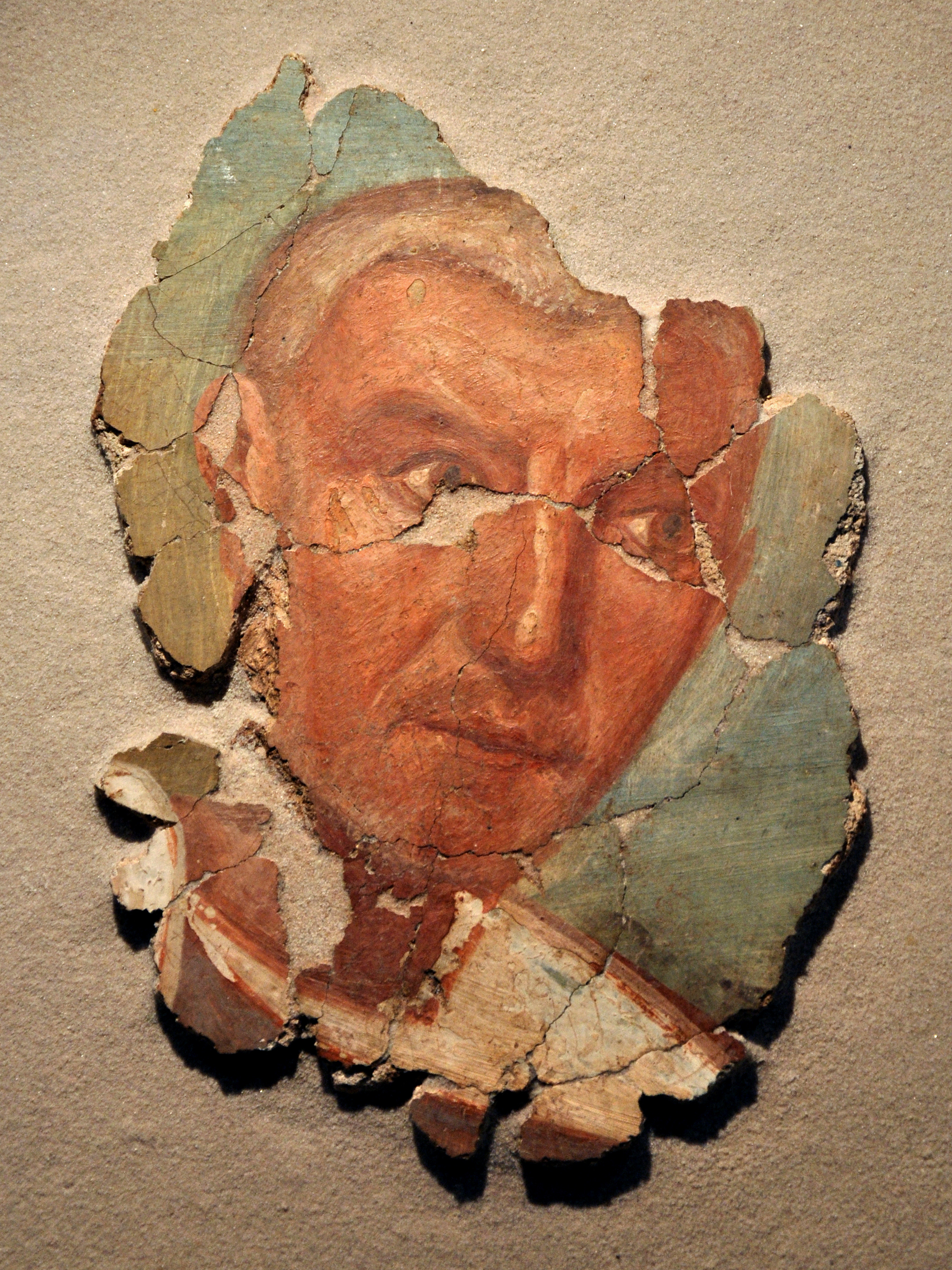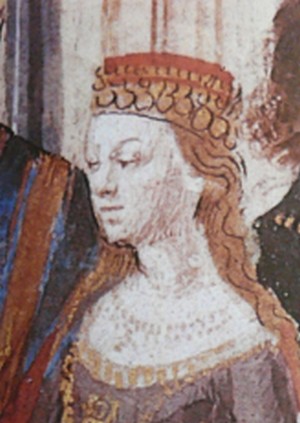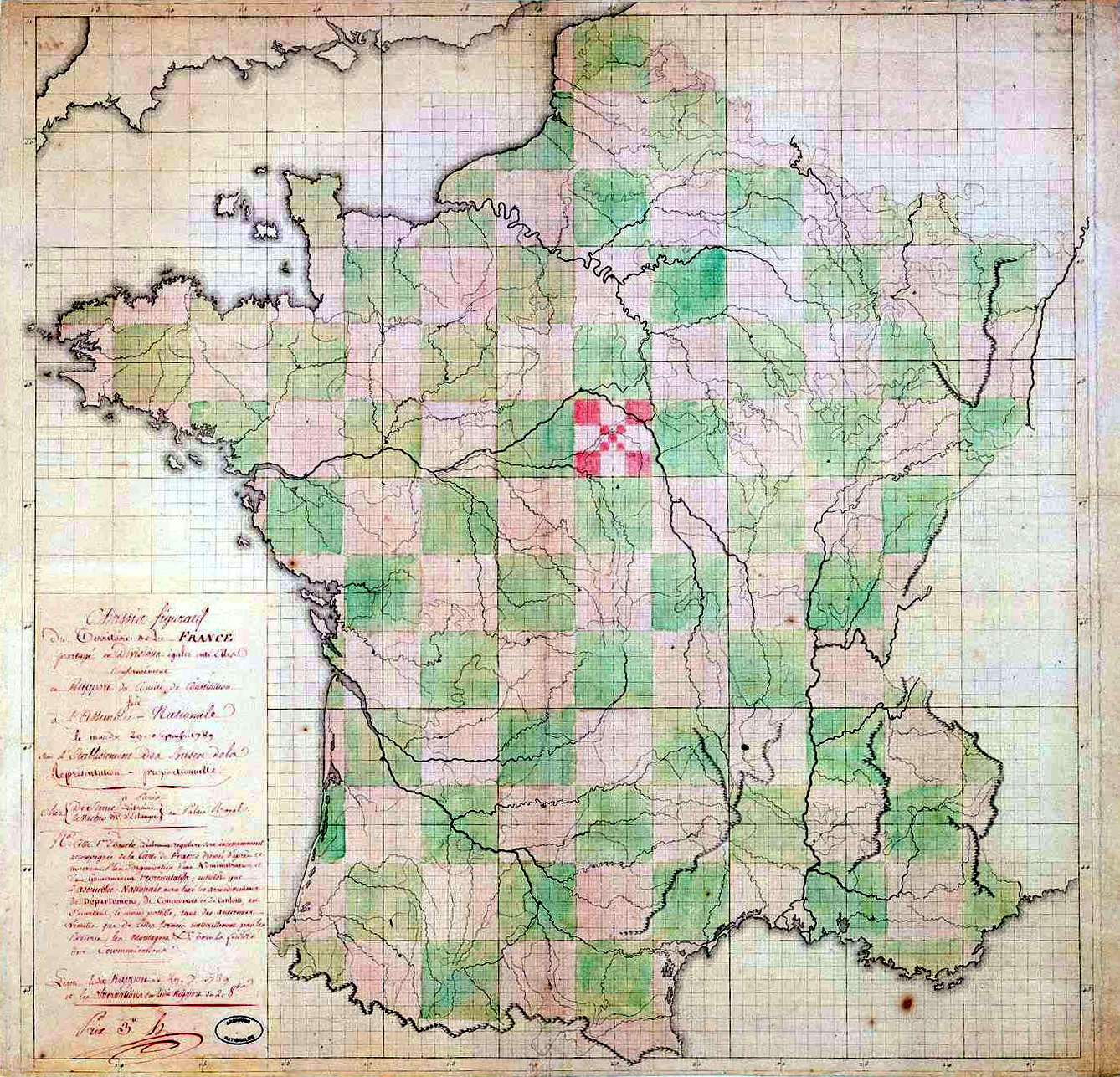|
Évreux
Évreux () is a commune in and the capital of the department of Eure, in the French region of Normandy. History Antiquity In late Antiquity, the town, attested in the fourth century AD, was named '' Mediolanum Aulercorum'', "the central town of the Aulerci", the Gallic tribe then inhabiting the area. Mediolanum was a small regional centre of the Roman province of Gallia Lugdunensis. Julius Caesar wintered eight legions in this area after his third campaigning season in the battle for Gaul (56-55 BC): Legiones VII, VIII, IX, X, XI, XII, XIII and XIV. Middle Ages The first known members of the family of the counts of Évreux were descended from an illegitimate son of Richard I, duke of Normandy. These counts became extinct in the male line with the death of Count William in 1118 AD. The county passed by right of Agnes, William's sister and wife of Simon I de Montfort (died 1087 AD) to the house of the lords of Montfort-l'Amaury. Amaury VI de Montfort-Évreux ceded the t ... [...More Info...] [...Related Items...] OR: [Wikipedia] [Google] [Baidu] |
William, Count Of Évreux
William of Évreux or William d'Évreux (; died 18 April 1118) was a member of the House of Normandy who played an influential role during the Norman people, Norman Norman conquest of England, conquest of Anglo-Saxon England, England, one of the few Norman aristocrats documented to have been with William the Bastard, William I at Battle of Hastings, Hastings. He was the count of Évreux, count of county of Évreux, Évreux (; ruled 1118) in Duchy of Normandy, Normandy as well as additional lands and expanded his holdings by consenting to the marriage of his young wardship, ward and niece Bertrade of Montfort, Bertrade to Fulk IV of Anjou, Fulk the Rude of County of Anjou, Anjou, whose support against the County of Maine, Manceaux rebels was important for William's liege Robert Curthose. A feud between William's wife Helvise or Heloise of Nevers (died 1114) and Isabel of Conches, the wife of Raoul II of Tosny, led to open war between the two men. Helvise also governed Évreux in Wil ... [...More Info...] [...Related Items...] OR: [Wikipedia] [Google] [Baidu] |
Évreux Cathedral
Évreux Cathedral, otherwise the Cathedral of Our Lady of Évreux (), is a Catholic church located in Évreux, Normandy, France. The cathedral is a national monument and is the seat of the Bishop of Évreux. Building description The cathedral is devoted to Notre-Dame at Evreux, which is 80 km west of Paris. Built in the 10th century, the nave retains the semi-circular arcades from the Romanesque period. Part of the lower portion of the nave dates from the 11th century. A fire in 1119 destroyed much of the earlier building. Master of the work in 1253 was Gautier de Varinfroy, who also worked on ''Saint-Étienne de Meaux''. Varinfroy worked on the upper levels of the nave. The west façade, with its two towers, is mostly from the late 16th century. The north tower is the bell tower. Its foundation is said to have been laid in 1392, and to have been finished in 1417. Various styles of the intervening period are represented in the rest of the church. The elaborate north t ... [...More Info...] [...Related Items...] OR: [Wikipedia] [Google] [Baidu] |
Évreux Portes De Normandie
Évreux Portes de Normandie is the ''communauté d'agglomération'', an intercommunal structure, centred on the city of Évreux. It is located in the Eure department, in the Normandy region, northern France. It was created on 1 January 2017 by the merger of the former Communauté d'agglomération d'Évreux and the Communauté de communes La porte normande. On 1 January 2018 it was expanded with 12 communes from three other intercommunalities. Its area is 659.3 km2. Its population was 110,023 in 2015, of which 46,707 in Évreux proper.Comparateur de territoire INSEE, accessed 6 April 2022. Composition The communauté d'agglomération consists of the following 74 communes:[...More Info...] [...Related Items...] OR: [Wikipedia] [Google] [Baidu] |
Eure
Eure ( ; ; or ) is a department in the administrative region of Normandy, northwestern France, named after the river Eure. Its prefecture is Évreux. In 2021, Eure had a population of 598,934.Populations légales 2019: 27 Eure INSEE History Eure is one of the original 83 departments created during the French Revolution on 4 March 1790. It was created from part of the former province of . The name in fact is taken from the Eure river flowing mainly in ...[...More Info...] [...Related Items...] OR: [Wikipedia] [Google] [Baidu] |
Guy Lefrand
Guy Georges Camille Lefrand (; born 11 March 1963) is a French politician who has served as Mayor of Évreux since 2014. He represented the 1st constituency of Eure in the National Assembly from 2009 to 2012, and again briefly in 2017, both times as Bruno Le Maire Bruno Le Maire (; born 15 April 1969) is a French politician, writer, and former diplomat who served as Economy and Finance Minister from 2017 to 2024 under President Emmanuel Macron. A former member of The Republicans (LR), which he left in ...'s substitute. He was a member of The Republicans (LR) until he left the party amid the 2024 The Republicans alliance crisis. A physician by occupation, Lefrand started his political career in 2001 as Deputy Mayor of Évreux under Mayor Jean-Louis Debré, a position he held until 2008. Since 2016, he has also held one of the Regional Council of Normandy's vice presidencies under the presidency of Hervé Morin. References 1963 births Living people Physicians ... [...More Info...] [...Related Items...] OR: [Wikipedia] [Google] [Baidu] |
Simon I De Montfort
Simon I of Montfort or Simon de Montfort ( – 25 September 1087) was a French nobleman. He was born in Montfort l'Amaury, near Paris, and became its Seigneur, lord. He was the son of Amaury I de Montfort and Bertrade. At his death he was buried about away in Épernon, because it was the site of the fortress he was instrumental in constructing. Progeny Simon I first married Isabel de Broyes (b. 1034 in Broyes, Marne, Broyes, Marne (department), Marne), daughter of Hugh Bardoul. Their children were: *Amaury II de Montfort (c. 1056 – 1089), lord of Montfort *Isabel of Conches, Isabel (Elizabeth) de Montfort (b. 1057), who married Raoul II de Tosny, a Companions of William the Conqueror, companion of William the Conqueror. Simon I's second marriage was to Agnes d'Évreux (b. 1030), daughter of Richard, Count of Évreux. Their children were: *Bertrade de Montfort (c. 1059 – 1117), became queen of France. *Richard de Montfort (c. 1066 – 1092), lord of Montfort, slain in attac ... [...More Info...] [...Related Items...] OR: [Wikipedia] [Google] [Baidu] |
Canton Of Évreux-1
The canton of Évreux-1 is an administrative division of the Eure department, northern France. It was created at the French canton reorganisation which came into effect in March 2015. Its seat is in Évreux. It consists of the following communes: # Arnières-sur-Iton #Évreux Évreux () is a commune in and the capital of the department of Eure, in the French region of Normandy. History Antiquity In late Antiquity, the town, attested in the fourth century AD, was named '' Mediolanum Aulercorum'', "the central town ... (partly) # Saint-Sébastien-de-Morsent References Cantons of Eure {{Eure-geo-stub ... [...More Info...] [...Related Items...] OR: [Wikipedia] [Google] [Baidu] |
Canton Of Évreux-2
The Cantons of France, canton of Évreux-2 is an administrative division of the Eure departments of France, department, northern France. It was created at the French canton reorganisation which came into effect in March 2015. Its seat is in Évreux. It consists of the following communes: #Aviron #Le Boulay-Morin #La Chapelle-du-Bois-des-Faulx #Dardez #Émalleville #Évreux (partly) #Gravigny #Irreville #Normanville, Eure, Normanville #Reuilly, Eure, Reuilly #Saint-Germain-des-Angles #Saint-Vigor References Cantons of Eure {{Eure-geo-stub ... [...More Info...] [...Related Items...] OR: [Wikipedia] [Google] [Baidu] |
Philip Augustus
Philip II (21 August 1165 – 14 July 1223), also known as Philip Augustus (), was King of France from 1180 to 1223. His predecessors had been known as kings of the Franks (Latin: ''rex Francorum''), but from 1190 onward, Philip became the first French monarch to style himself "King of France" (''rex Francie''). The son of King Louis VII and his third wife, Adela of Champagne, he was originally nicknamed () because he was a first son and born late in his father's life. Philip was given the epithet "Augustus" by the chronicler Rigord for having extended the crown lands of France so remarkably. After decades of conflicts with the House of Plantagenet, Philip succeeded in putting an end to the Angevin Empire by defeating a coalition of his rivals at the Battle of Bouvines in 1214. This victory would have a lasting impact on western European politics: the authority of the French king became unchallenged, while John, King of England, was forced by his barons to assent to Magna Car ... [...More Info...] [...Related Items...] OR: [Wikipedia] [Google] [Baidu] |
Iton
The Iton () is a Rivers of France, river in Normandy, France, left tributary of the river Eure (river), Eure. It is long. Its source is near Moulins-la-Marche. For about 10 km between Orvaux and Glisolles, it disappears and pursues a subterranean course. The Iton flows through the following ''Departments of France, départements'' and towns: *Orne: Crulai, Chandai *Eure: Bourth, Damville, Eure, Damville, La Bonneville-sur-Iton, Évreux It flows into the Eure in Acquigny, south of Louviers. Its basin (1,300 km²) covers 134 commune in France, communes and is subject to a ''schéma d'aménagement et de gestion des eaux'' (water management scheme). References External links Avancement des SAGE du bassin Seine-Normandie SAGE on the Seine-Normandy basin (in French) Rivers of France Rivers of Eure Rivers of Orne {{France-river-stub ... [...More Info...] [...Related Items...] OR: [Wikipedia] [Google] [Baidu] |
Departments Of France
In the administrative divisions of France, the department (, ) is one of the three levels of government under the national level ("territorial collectivity, territorial collectivities"), between the Regions of France, administrative regions and the Communes of France, communes. There are a total of 101 departments, consisting of ninety-six departments in metropolitan France, and five Overseas department and region, overseas departments, which are also classified as overseas regions. Departments are further subdivided into 333 Arrondissements of France, arrondissements and 2,054 Cantons of France, cantons (as of 2023). These last two levels of government have no political autonomy, instead serving as the administrative basis for the local organisation of police, fire departments, and, in certain cases, elections. Each department is administered by an elected body called a departmental council (France), departmental council ( , ). From 1800 to April 2015, these were called gene ... [...More Info...] [...Related Items...] OR: [Wikipedia] [Google] [Baidu] |
Gallia Lugdunensis
() was a province of the Roman Empire in what is now the modern country of France, part of the Celtic territory of Gaul formerly known as Celtica. It is named after its capital Lugdunum (today's Lyon), possibly Roman Europe's major city west of Italy, and a major imperial mint. Outside Lugdunum was the Sanctuary of the Three Gauls, where representatives met to celebrate the cult of Rome and Augustus. History In describing his conquest of Gaul (58–50 BC), Julius Caesar distinguished between in the south of Gaul, which already was a Roman province in his time, and the three other parts of Gaul: the territories of the , of the , and of the also known as the . The territory of the Galli extended from the rivers Seine and Marne in the north-east, which formed the boundary with , to the river Garonne in the south-west, which formed the border with . Under Augustus, was created by reducing in size the territory of the Gauls (): the portion between the river Loire and the Garonn ... [...More Info...] [...Related Items...] OR: [Wikipedia] [Google] [Baidu] |



